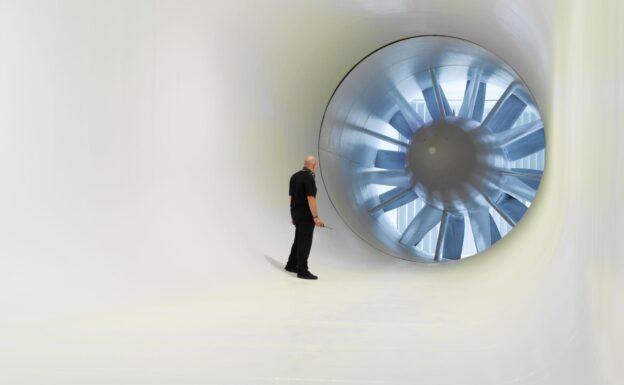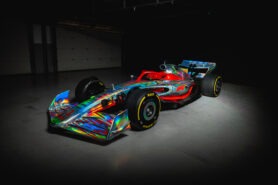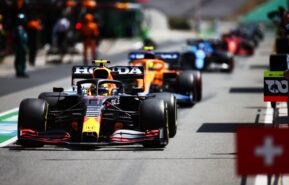How wind tunnel hours will work in F1 this season

Formula 1 introduced a new sliding scale in 2020 which meant that teams’ wind tunnel testing was going to be limited or enhanced based on the standings of the World Constructors’ Championship. Can it really be an impactful change in terms of aerodynamic efficiency for small teams’ cars? Well, we wouldn’t recommend betting on one of the struggling teams dominating the sport next year, but you could use BetRivers to try your luck if that’s your area.
The sliding scale format for aerodynamic testing in the wind tunnel consists of reducing or enhancing the hours a team can run its own wind tunnel (if it owns one) and improve the aerodynamic side of its challenger.
The format implemented for 2021 reduced the teams’ 65 runs in the wind tunnel to 40, but the sliding scale format allowed 90% of those 40 runs (36) to the top team from the previous year’s WCC (Mercedes, from the 2020 standings) and enhanced the runs of the team in last place (Williams) to 112.5% (45 weekly runs).
From 2022 to 2025, Formula 1 has published that the allowance for testing runs on the wind tunnels will be reduced for all teams, except for the two on the bottom. Based on the 2021 World Constructors’ Championship (until the pecking order resets on June 30th of every year), the top team will have 70% of the 40 runs allowed in the wind tunnel.
The team in second place will have 75% of the 40 runs, and it increases by 5% all the way to eighth place. For the team in ninth place, runs remain equal to 2021, with 110% allowed. For the team in 10th place or new entries to the sport, 115% of the 40 runs will be permitted.
Obviously, it is a system similar to the NBA Draft or NFL Draft, where the worst teams from the previous year (barring any previous trade) are set to select new talent with the top picks, choosing from the best players coming from the collegiate level or other leagues (in the NBA’s case).
The purpose is to try and help teams with struggling cars catch up with the elite machines at the top. Formula 1 also stated that it would help bring costs down while admitting that a real effect might take some seasons to really show up.
The extreme change for the 2022 Formula 1 season, which include a total revamp of the aerodynamic side of the cars introduced back in 2017, and also new 18-inch tyres, could certainly produce the desired effect of allowing better racing (which the people at top positions and many fans believe needs to improve).
Of course, better racing does not really translate into various teams fighting for the top places. If a team manages to create a big gap over the rest due to the new car being the class of the field, then it won’t matter if cars can follow each other or not. There will always be a pecking order and some cars will be nearly unbeatable, but over the years, the rest could really improve and compete for the bigger prizes in the show if the new rules prove effective.
These changes are certainly made for the long run, and judging the new rules based on the 2022 F1 season’s results could be too early.
After the controversy of the 2021 Formula 1 campaign and its ending, it is certainly interesting to look at the technical side of things for 2022, while the sport’s integrity remains in question by many.
If teams different to Red Bull and Mercedes manage to be at the top fighting for podiums, victories and championships from 2022 on, it could certainly be an interesting sight for fans and the media. Of course, if the pecking order remains similar to what we’ve seen in the last few years, with Mercedes, Ferrari and Red Bull at the top, it’ll only mean that they’ve done a better job than the rest.
✅ Check out more posts with related topics:














LAST 3 F1 Fan COMMENTS